BLOG
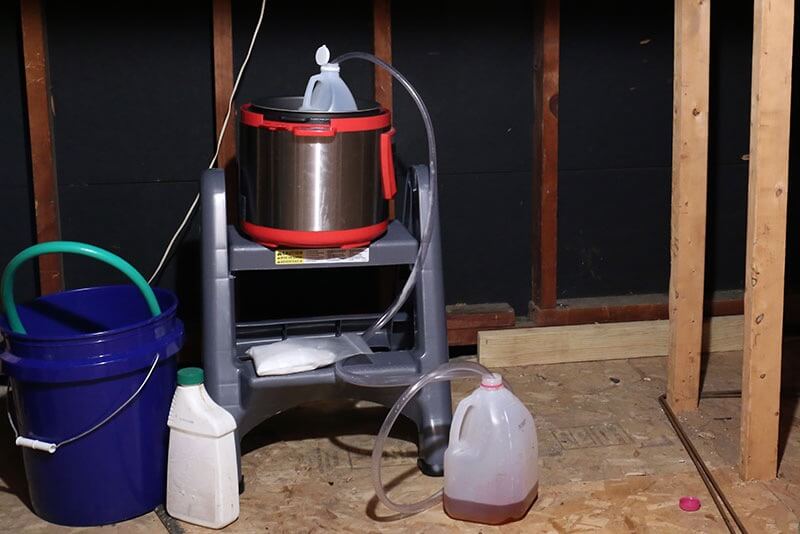
How To Tell If Your Rental Property Was A Meth Lab
How To Tell If Your Rental Property Was A Meth Lab
As a landlord in Australia, protecting your investment property is top priority—but what if your rental was used as a meth lab? The number of clandestine drug labs found in rental homes has surged in recent years and the risks are far more than cosmetic. Meth contamination can linger long after tenants leave, posing severe health hazards and legal liabilities. That’s why knowing the warning signs and understanding the importance of meth lab clean up is crucial.
While some signs may be obvious, others can be quite subtle, especially to the untrained eye. In this guide, we’ll walk you through how to spot potential meth activity in your property, what to do if you suspect it and why professional clean-up services are essential for ensuring the property is safe to re-rent.
Common Signs Your Property Might Have Been A Meth Lab
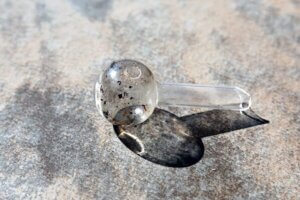
Knowing what to look for can save you thousands in remediation costs and protect your future tenants. Meth labs are notoriously toxic and many of their tell-tale signs are hiding in plain sight.
Strong Chemical Smells
One of the most immediate red flags is a persistent, unusual odour. Chemical smells like ammonia, vinegar or a strong cat urine-like stench could indicate meth production. These odours come from substances used in the cooking process, such as hydrochloric acid, acetone and lithium. If you notice such smells even after thorough cleaning, it might be time to consider meth lab clean up services.
Unlike normal household smells, these are harsh and often overpowering. Even if the property has been vacant for a while, these odours can linger in carpets, drywall or even air vents. Pay particular attention to sheds, garages and bathrooms—areas often used for drug manufacturing.
Discolouration Of Walls, Ceilings Or Appliances
Meth production involves highly corrosive chemicals. Over time, this can cause noticeable staining or discolouration, especially around vents, light fixtures and walls. Yellowing surfaces, brown streaks or strange marks that don’t wash off can all be signs of contamination.
In kitchens and bathrooms, you might find appliances that appear burned, rusted or unusually greasy. These are areas that get the most abuse in a makeshift lab setup. Often, these clues are overlooked during routine inspections unless you’re specifically looking for them.
Unusual Property Modifications
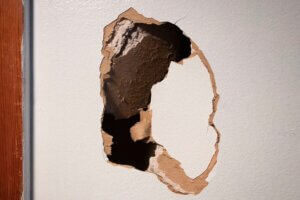
Meth producers often make odd adjustments to suit their operations. This can include:
- Covered or blacked-out windows
- Excessive ventilation systems or fans
- Makeshift plumbing alterations
- Holes in walls or ceilings
They may also install security cameras, motion sensors or padlocks on internal doors—suspicious features in a standard rental. If you see these, it’s worth asking why. Many landlords overlook this as quirky tenant behaviour, but it can be a red flag.
Health Risks Of Meth Lab Contamination
Residue and Long-Term Health Impacts
Meth residue is invisible but dangerous. It can seep into the walls, flooring and air ducts of your property. For new tenants, exposure can lead to serious health problems like:
- Headaches
- Respiratory issues
- Skin and eye irritation
- Behavioural issues in children
What’s more, exposure to high levels of meth residue can be as harmful as second-hand smoke—something no landlord wants to be liable for.
Risk To New Tenants And Liability For Landlords
If your property is contaminated and you rent it out without a proper meth lab clean up, you could be held responsible for any health complications tenants suffer. You may also be forced to cover relocation costs, medical expenses and fines for violating rental health codes.
Many Australian states are tightening regulations around landlord responsibilities for property safety. So, overlooking these risks could cost you dearly.
What To Do If You Suspect Meth Lab Activity
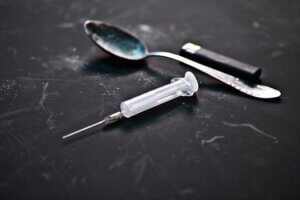
Avoid Entering the Property
If you suspect your rental was used for meth manufacturing, resist the urge to inspect it yourself. The risk of exposure is high and without protective gear, you could inhale or absorb toxic chemicals through your skin. Leave the scene as is and secure the property to prevent further exposure or tampering.
Contact Authorities And Professionals Immediately
Your first step should be to contact your local police or drug squad. They may conduct a site assessment or request a forensic examination. Once you’ve reported it, get in touch with a certified biohazard team that specialises in meth lab clean up.
In Australia, these professionals are trained in:
- Chemical testing
- Containment and disposal
- Site remediation and clearance
- Issuing a clean-up certificate
This documentation is vital for future legal protection and tenant assurance.
Unusual Behaviour From Previous Tenants
Sometimes, the best clue comes not from the property itself but from the people who were living in it. Did the tenants pay rent in cash only? Were they overly secretive, frequently changing locks or refusing routine inspections? Did neighbours report strange behaviour, high traffic at odd hours or excessive noise? These behaviours often go hand-in-hand with drug activity.
Tenants running a meth lab are likely to avoid any landlord interaction. They may become aggressive when you try to enter the property or cancel inspections at the last minute. If former tenants abruptly vacated, especially without notice, that’s another potential sign they were trying to avoid detection after operating illegally.
Landlords should keep a log of tenant interactions, missed inspections or complaints from neighbours. This documentation could prove helpful during investigation or insurance claims should meth lab clean up become necessary.
Presence Of Drug Paraphernalia Or Suspicious Waste

Another common sign your rental may have been a meth lab is the discovery of drug paraphernalia or unusual waste. Items such as rubber tubing, glassware, excessive cold and allergy medications (like pseudoephedrine), drain cleaner or camping fuel left behind are all big red flags.
You might also find:
- Discarded chemical containers
- Burnt foil or melted plastic
- Coffee filters stained red or brown
- Unlabelled bottles with strong smells
If you spot anything like this, do not touch or move it. Meth-related waste is highly toxic and may even be explosive under certain conditions. Instead, notify the authorities and engage professionals to inspect and manage the clean-up.
Testing The Property For Meth Contamination
If you’ve noticed multiple red flags or have strong suspicions, the next logical step is testing. Professional testing services can detect meth residue on surfaces like walls, ceilings, air vents and flooring. In Australia, testing kits are also available for landlords, but these may only provide a basic indication and aren’t always admissible for legal or clearance purposes.
For peace of mind, especially if you’re planning to lease the property again soon, it’s advisable to hire a certified technician. They will:
- Conduct a thorough site assessment
- Take surface swabs from high-risk areas
- Provide a contamination report
- Recommend whether meth lab clean-up is required
Testing is the only sure-fire way to know whether your property is safe to re-lease. It can also protect you from future liability if tenants experience health issues and take legal action.
Professional Meth Lab Clean Up
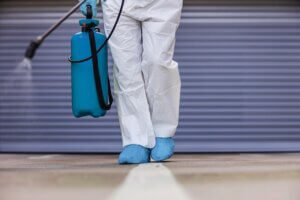
At the end of the day, the safety of your tenants and the value of your property aren’t worth the risk. If you suspect your rental has been contaminated, don’t take chances. The National Trauma (NTCSC) team specialises in discreet, fully certified meth lab clean up across Australia. We handle the entire remediation process—quickly, safely and to legal standards, so you can rent with confidence again.
Contact us today for a no-obligation consultation and protect your investment the right way.